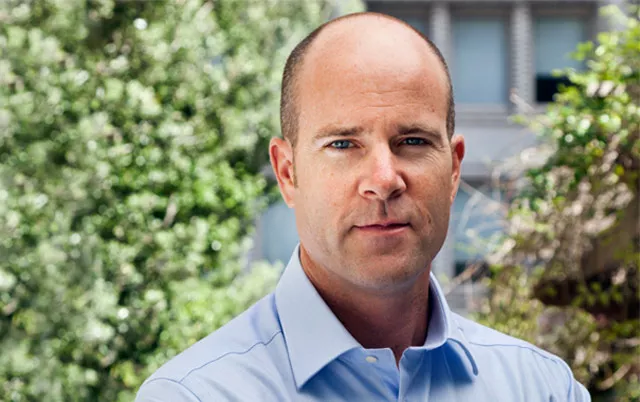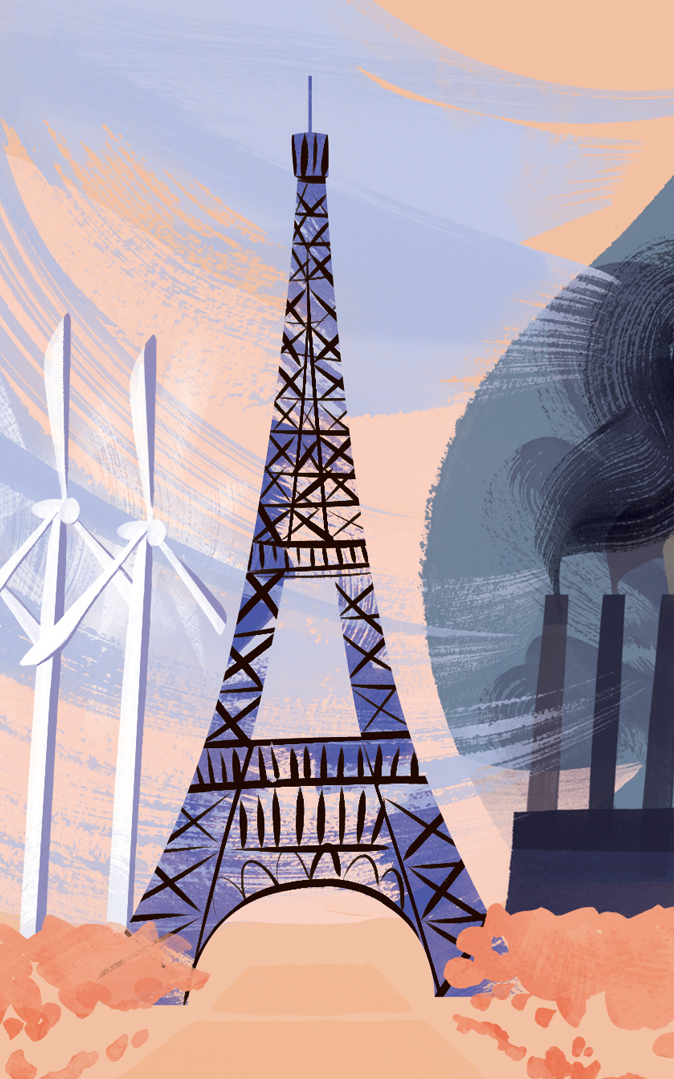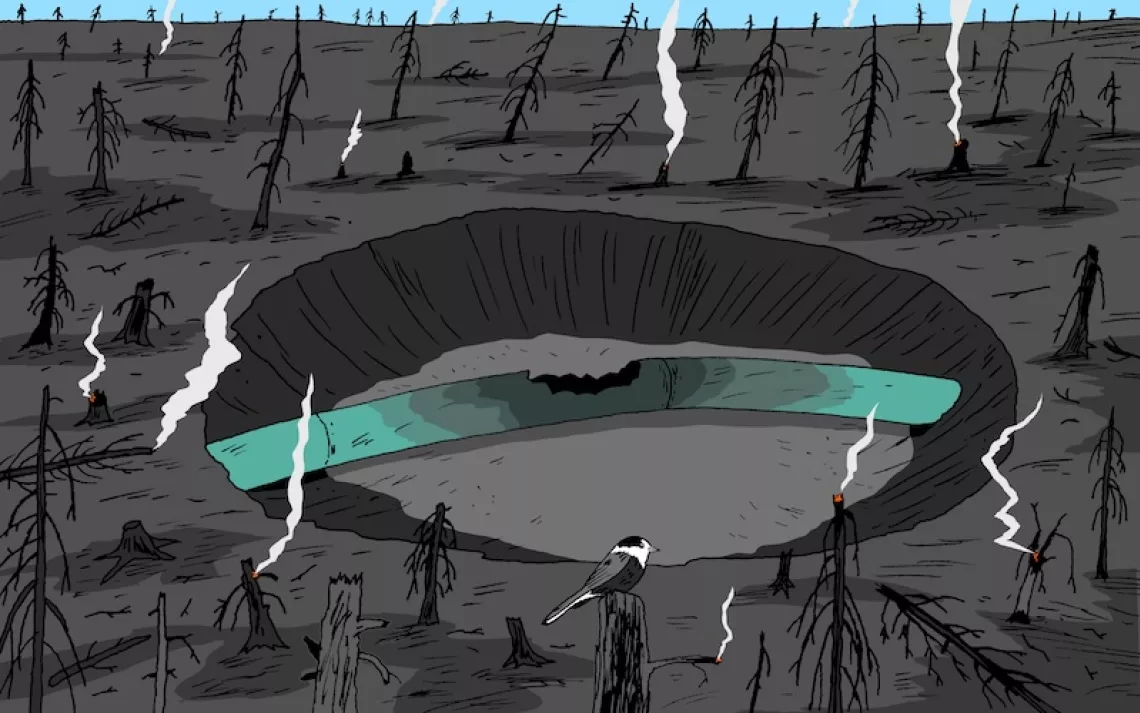Why Hope Is Not a Strategy

Michael Brune, Sierra Club executive director. | Photo by Henrik Kam
You could say that progress on an international climate change agreement has been glacial, except that glaciers have been melting faster. This December, representatives from nearly 200 countries will converge in Paris for the annual United Nations meeting known as the Conference of Parties—COP21—to address the calamity of manmade climate change. As the number indicates, these meetings have been going on for more than two decades.
This year, the prospects for climate action look substantially better than they did six years ago—the last time anyone really got their hopes up—when COP15 was in Copenhagen. Growing signs of climate disruption, backed by increasingly troubling reports from the world's climate scientists, have prompted ambitious emission-reduction goals from multiple countries, including the current largest carbon emitter (China) and the historic largest emitter (the United States).
What makes this ambition possible is the recent radical transformation of the world's energy markets. Last March, the International Energy Agency announced that "global emissions of carbon dioxide from the energy sector stalled in 2014, marking the first time in 40 years in which there was a halt or reduction in emissions of the greenhouse gas that was not tied to an economic downturn."
For many years, the transition to clean energy has been hobbled by the widespread notion that it's impossible to curb emissions without limiting economic growth. That canard—like Monty Python's Norwegian blue parrot—is now definitely deceased, however much fossil fuel boosters want to rattle the cage.

The annual United Nations meeting known as the Conference of Parties will take place in Paris in December 2015 to address manmade climate change. | Illustration by Sarah Ferone
This progress has been made possible by the dramatic shift away from burning coal—the dirtiest and most carbon-intensive of all fossil fuels—to generate electricity. Leading that effort is the Sierra Club's Beyond Coal campaign, the biggest and arguably most successful such effort in environmental history. It really took off in 2011, when its goal was to replace one-third of the power generated from coal in the United States by 2020.
We are way ahead of that schedule. For the past five years, one U.S. coal plant has been retired or announced its retirement every 10 days. When completed, those retirements will reduce the power generated from coal plants by nearly one-fourth (77 gigawatts), eliminating more than 280 million metric tons of annual carbon emissions. At the same time, we've added 46 gigawatts of clean wind, solar, and geothermal power.
By moving beyond coal, the United States has cut its emissions by more than any other major economy has in the past decade. Between 2013 and 2014, our energy-related emissions grew by only 1 percent, and future growth is expected to stay below 1 percent for at least two more years. Suddenly, we are a world leader in clean energy and climate action.
In even better news, China will soon challenge that leadership. China cut its coal consumption for the first time ever in 2014. Beijing, the capital, will close the last of its four major coal-fired power plants next year. China's CO2 emissions actually dropped by 1 percent in 2014, even though its economy grew by 7.4 percent.
Consequently, both the United States and China will arrive in Paris with "climate cred" that neither nation had in Copenhagen. Perhaps that will lead to a breakthrough climate agreement—but perhaps not. Regardless, the big lesson of the past few years is beyond dispute: Climate action results from replacing dirty fuels with clean, renewable energy, whether in Texas or Xinjiang. We can hope for the best from Paris, but change, we can do ourselves.
 The Magazine of The Sierra Club
The Magazine of The Sierra Club







